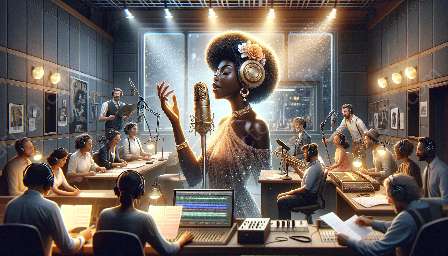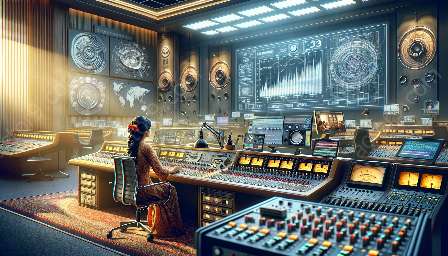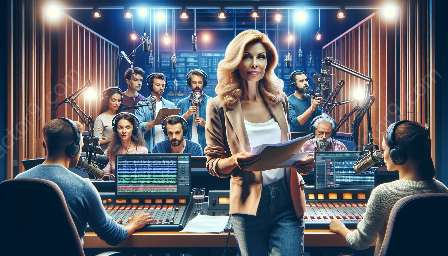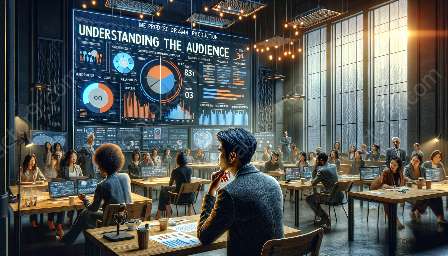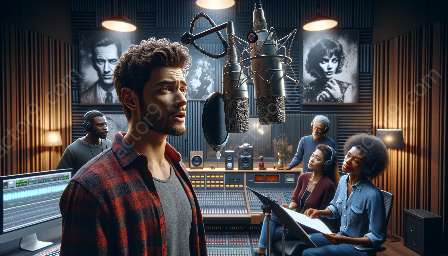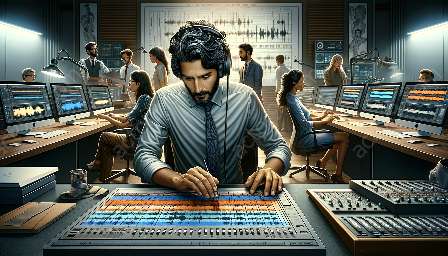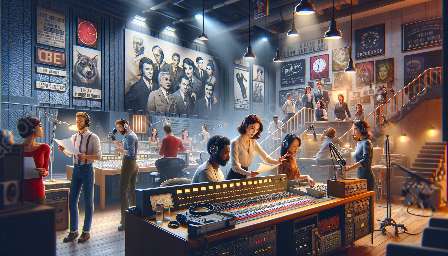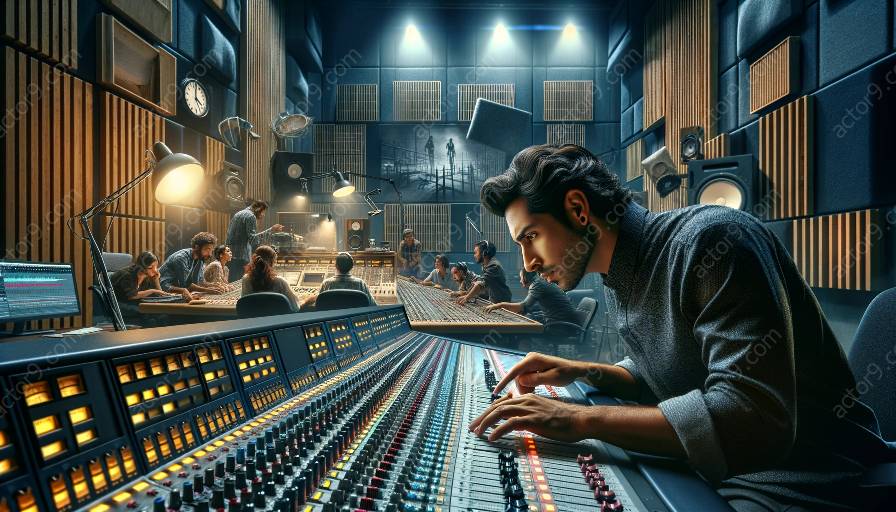Radio drama is an art form that relies heavily on sound to create immersive experiences for its audience. Sound effects and background music play a crucial role in reflecting a character's emotions and internal states, adding depth and texture to the storytelling. By carefully curating soundscapes and music, radio drama producers can effectively convey the psychological and emotional landscapes of their characters, enhancing the overall impact of the production.
Understanding Sound Effects and Background Music
Sound effects and background music are essential elements in radio drama production, serving to create atmosphere, evoke moods, and convey the inner workings of characters' minds. Sound effects, such as footsteps, door creaks, or ambient sounds, can transport listeners to specific locations and immerse them in the story's world. On the other hand, background music sets the tone and elicits emotional responses, influencing the audience's perception of the characters and the unfolding narrative.
Reflecting Characters' Emotions and Internal States
Sound effects and background music can be used to reflect characters' emotions and internal states in various ways. When a character is experiencing fear, the use of tense music and ominous sound effects can heighten the sense of unease and apprehension. Conversely, moments of joy or elation can be underscored by uplifting melodies and sounds of celebration. By carefully selecting and choreographing sound elements, radio drama producers can effectively mirror the intricate emotional journeys of their characters.
Crafting Immersive Soundscapes
To create an immersive experience, it's essential to craft soundscapes that align with the characters' emotions and internal states. For instance, subtle environmental sounds can mirror a character's introspection or turmoil, while melodic motifs can symbolize their hopes and aspirations. Through the strategic layering of sound effects and music, radio drama producers can sculpt an auditory landscape that mirrors the characters' psychological states, enriching the audience's engagement with the narrative.
Enhancing Dramatic Tension and Pacing
Sound effects and background music also serve to enhance dramatic tension and pacing within radio dramas. From building suspense through escalating soundscapes to punctuating pivotal moments with emphatic musical cues, the use of sound can heighten the emotional impact of the storyline. By skillfully manipulating sound elements, producers can effectively guide the audience through the characters' emotional arcs, creating a dynamic and captivating listening experience.
Creating Symbolic Connections
Moreover, sound effects and background music can be leveraged to establish symbolic connections between characters' emotions and the sonic environment. For instance, recurring motifs or specific sound cues can become associated with particular characters, their internal states, or overarching themes within the narrative. These auditory symbols serve to deepen the audience's understanding of the characters and their emotional landscapes, fostering a more profound connection with the story.
Conclusion
The strategic use of sound effects and background music in radio drama production is a powerful tool for reflecting characters' emotions and internal states. By carefully curating immersive soundscapes, radio drama producers can magnify the emotional resonance of their narratives, captivating audiences and drawing them into the rich and multifaceted world of their characters. Through the artful orchestration of sound, radio dramas transcend the limitations of the visual medium, engaging listeners on a deeply emotional and psychological level, and shaping their interpretation of the characters' experiences.

